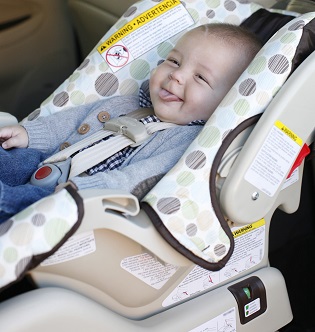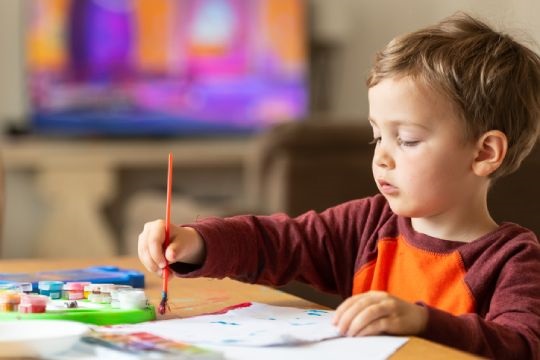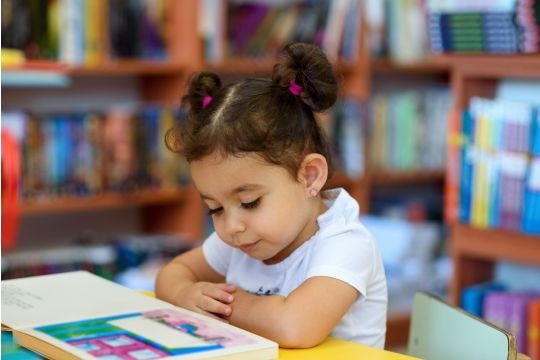A Child Under 13 is Involved in a Crash Every 33 Seconds
 The National Safety Council is calling for uniform child passenger safety practices across multiple modes of transportation. "Patchwork" is a word that describes America's child passenger restraint laws, regulations and standards, so NSC is working to ensure children arrive safely, regardless of the jurisdiction they travel through or the mode of transportation.
The National Safety Council is calling for uniform child passenger safety practices across multiple modes of transportation. "Patchwork" is a word that describes America's child passenger restraint laws, regulations and standards, so NSC is working to ensure children arrive safely, regardless of the jurisdiction they travel through or the mode of transportation.
In an NSC position statement, we're calling for:
- Lap and shoulder belts on new school buses; they add an extra layer of protection – particularly in rollover and side-impact crashes
- Appropriate restraints and clear support for children with special needs
- Children under age 2 to be properly restrained in their own seat on airplanes using a FAA-approved child restraint device, because it's impossible for adults to safely hold children during a crash or severe turbulence
NSC also recommends children sit in rear-facing restraint devices at least through age 2, and children under 13 always ride in the back seat.
The Governors Highway Safety Association reports 34 states have enacted primary enforcement seat belt legislation for children under a certain age, while 18 states require all occupants to be restrained, meaning officers across the nation can issue citations when people are not buckled up. NSC supports passage of primary enforcement in all states for all seating positions. The safety restraints we're recommending go above and beyond the minimum requirements in most states. That's because too often state laws are no match for the laws of physics.
In the United States, 723 children ages 12 and younger died as occupants in motor vehicle crashes during 2016. Car seat use reduces the risk for injury in a crash by 71-82% for children, and booster seat use reduces the risk for serious injury by 45% for children ages 4 to 8 when compared with seat belt use alone, according to the Centers for Disease Control and Prevention. For older children and adults, seat belt use reduces the risk for death and serious injury by about half.
Protecting children is everyone's responsibility. We can – and must – do better.

 The National Safety Council is
The National Safety Council is 

